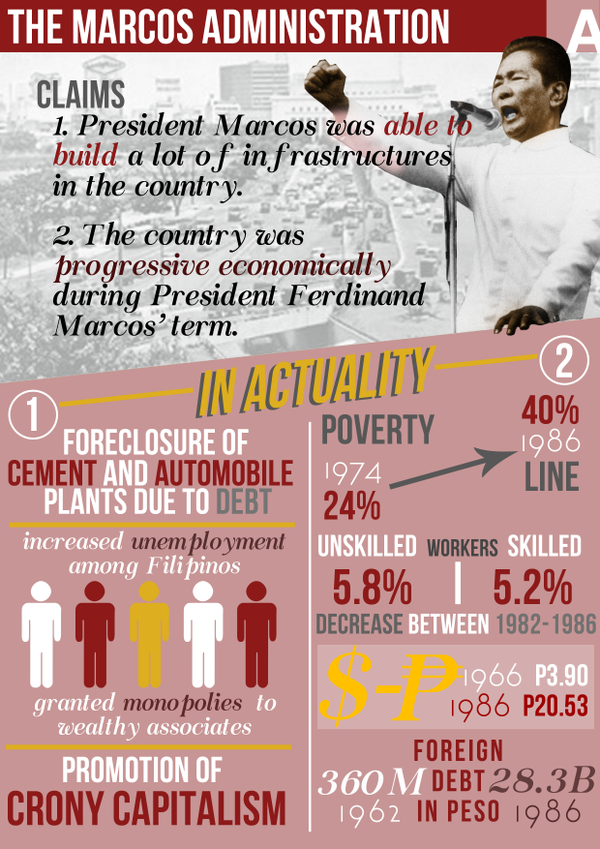Start An Interesting Experience Into The Realm Of Martial Arts, Where The Fusion Of Old-Time Customizeds And Modern Efficiency Awaits
Start An Interesting Experience Into The Realm Of Martial Arts, Where The Fusion Of Old-Time Customizeds And Modern Efficiency Awaits
Blog Article
Material Writer-Adkins Barbour
Step into the old world where martial arts were substantiated of necessity in diverse areas. Cultures crafted special fighting styles linked with historical contexts. Methods evolved over centuries through committed technique and social exchanges. Today, modern-day martial arts mix standard components for maximum efficiency. Philosophically, martial arts highlight technique, self-improvement, and harmony. Respect, humility, and balance are foundational principles leading practitioners towards development and durability. Explore the depths of this abundant background and approach to uncover the profound impacts shaping this enduring self-control.
Beginnings of Martial Arts
Fighting style came from various areas around the world, advancing as sensible battle systems to prevent threats. These ancient combating styles were developed out of necessity, with each society crafting techniques suited to their distinct settings and obstacles. From the grappling arts of Jujutsu in Japan to the striking strategies of Kung Fu in China, martial arts were deeply intertwined with the historical, social, and cultural fabric of their particular societies.
In Japan, the samurai course polished martial arts like Kenjutsu, the art of the sword, which later on advanced right into the much more popularized form of Kendo. On the other hand, in Brazil, Capoeira emerged as a blend of dance and fight, created by enslaved Africans as a method to resist fascism. Each martial art carries with it an abundant background and philosophy, reflecting the worths and beliefs of individuals who exercised them.
As you explore the origins of martial arts, you reveal a tapestry of human resourcefulness, resilience, and the unyielding spirit of warriors throughout time.
Advancement of Techniques
With centuries of method and improvement, fight strategies within different martial arts have gone through an extensive development. From ancient styles like Kung Fu and Karate to a lot more contemporary self-controls such as Brazilian Jiu-Jitsu and Krav Maga, the development of strategies has been driven by a mix of social influences, sensible applications, and technical improvements.
One significant element of this advancement is the cross-pollination of methods between different martial arts. For example, techniques from conventional Japanese Jiu-Jitsu were included into the production of Judo by Jigoro Kano in the late 19th century. This blending of designs has actually brought about the advancement of crossbreed martial arts like Mixed Martial Arts (MIXED MARTIAL ARTS), which combine components of striking, grappling, and submission strategies.
Moreover, the development of methods has been shaped by the increasing emphasis on efficiency and performance in combat. Click To See More have constantly sought to refine their methods with extensive training, trial and error, and competitors, bring about the advancement of extremely specialized and reliable battling styles. Generally, the evolution of methods in martial arts shows the dynamic nature of fight and the ongoing pursuit for improvement and technology.
Philosophical Structures
Discovering the underlying thoughtful principles of martial arts provides understanding into their core values and leading beliefs. At the heart of numerous martial arts disciplines is the concept of technique itself. By educating where martial arts originated and mind to serve as one cohesive device, you cultivate technique that extends past the dojo or fitness center into day-to-day life. This technique incorporates regard, humbleness, and self-constraint, forming not simply your physical capacities but also your personality.
One more fundamental philosophical structure in martial arts is the concept of continuous self-improvement. use this link of mastering a martial art is perpetual, with specialists regularly making every effort to far better themselves, both literally and emotionally. This focus on growth fosters resilience, perseverance, and a growth frame of mind that can be applied to all facets of life.
Furthermore, martial arts stress the significance of harmony and equilibrium. Strategies are developed to make use of a challenger's power versus them, highlighting the concept of generating and redirecting force as opposed to meeting it head-on. This approach encompasses interpersonal connections, promoting calm resolutions and mutual understanding. By welcoming these philosophical structures, martial artists not just boost their fight abilities however additionally grow a way of life centered on individual development, respect, and harmony.
Final thought
Finally, the history and viewpoint of martial arts provide a rich tapestry of practice, self-control, and self-improvement.
Take for example the tale of Bruce Lee, who changed martial arts by mixing various styles and philosophies to create his very own distinct type of Jeet Kune Do.
Via dedication and advancement, martial musicians continue to push borders and motivate others to reach their complete capacity both in combat and in life.
